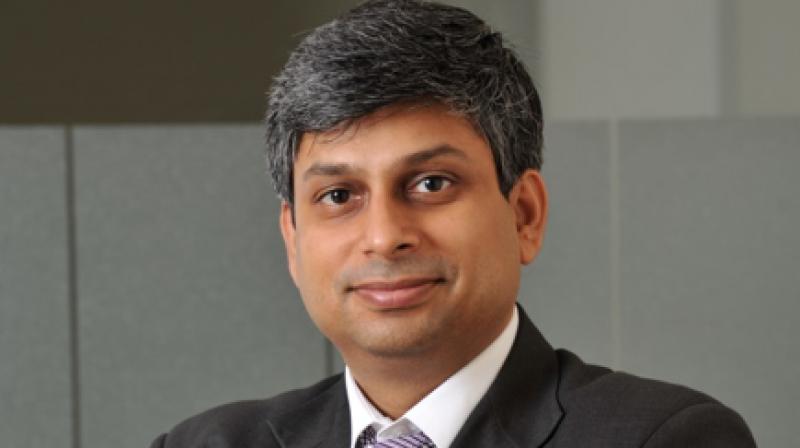The biggest barrier to financial inclusion
Digital payments is expected to increase from 28 per cent today to 43 per cent by 2021.

“Flexibility in terms of financial communication is the biggest roadblock to true financial inclusion in India. The solution to this problem is a truly vernacular & amp; India-friendly Fin-tech landscape.”
There’s much to celebrate India’s push for financial inclusion, but meaningful financial inclusion goes much beyond having a simple savings account, proof of ID, and a mobile phone. It also includes flexibility in terms of communication. And there we have one of the biggest roadblocks to financial inclusion.
Speak to any bank employee or mutual fund distributor, and they will throw complicated English terms such as exit load, NAV, and unit balance. This throws non-savvy investor off-balance, and they end up investing in the funds at the mercy of these distributors, who often masquerade as advisors.
The majority of Indians who are not comfortable with English as a language struggle in cutting through these financial jargons and further face challenges in performing basic financial transactions. For example, take the case of an old pensioner in Karnataka, who in some bank branches struggle to communicate, as bank managers only understand Hindi and English. While the mere lack of knowledge of the language isn’t a weakness on his part, he surely feels the repercussions.
In fact, use Kannada was a big case in point for banks in Karnataka- so much so that, according to media reports, Kannada Development Authority (KDA) asked the regional heads of all nationalised, rural and scheduled banks to make it mandatory for all staff to learn Kannada within six months.
The situation is no different for internet users. As per joint report of KPMG and Google & quot; Indian Languages - Defining Indias Internet,” the total share of Indian language internet users accessing digital payments is expected to increase from 28 per cent today to 43 per cent by 2021. That’s why there is a huge need for a vernacular Fin-tech platform, as English-only platforms cater to only 57 per cent of the total user base.
The need of the hour is to ace the language barrier by making financial inclusion a reality. And while there have been several attempts at doing exactly that, take the case of several music apps, shopping apps, etc. there have been none in the Fin- tech area. And this is why platforms like Paytm, Sqrrl Fintech, Mobikwik, and FINO Pay Tech are coming up with new ways to achieve true financial inclusion.
By offering their services in multiple languages, these platforms aim to reach out deeper into India’s populous and bring about a true digital-financial- revolution.
The Fin-tech landscape seems to be exciting for the vernacular India & has the potential to truly celebrate our unity in diversity.

